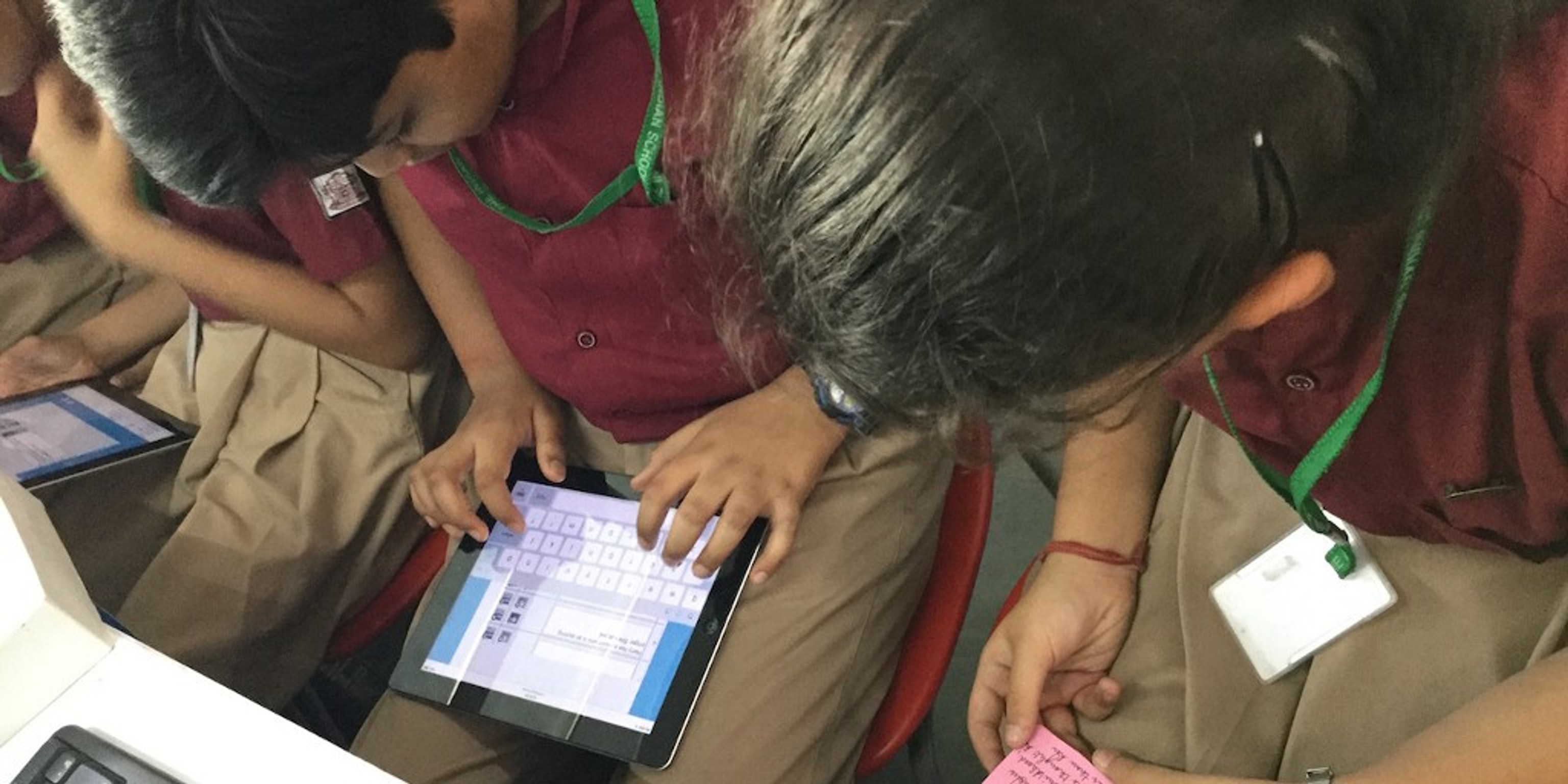
Cross-cultural learning across India and the UK
Educational Technology

Collaborators The Indian School in New Delhi, Gosforth Central Middle School
Abstract
We embarked on an international cross-cultural learning activity with two schools in India and the UK over a period of three month.
Method
Students created physical and digital artefacts to represent their learning about the other culture by engaging with real-world contacts on their chosen topic.
Takeaways
Our international cross-cultural learning activity has highlighted that the presence of culture is not just in objects but also in practices and lived experiences of people.
We embarked on an international cross-cultural learning activity with two schools in India and the UK over a period of three months, exploring notions of culture prevalent in the two countries through the eyes of the students. 30 students from The Indian School in New Delhi connected with 30 students from Gosforth Central Middle School in Newcastle upon Tyne.
Through a project-based learning approach, students created physical and digital artefacts to represent their learning about the other culture by engaging with real-world contacts on their chosen topic. Students in India had to develop artefacts relating to UK and students in UK developed artefacts relating to India.
Students worked collaboratively in groups to develop artefacts such as travelogues depicting an imagined journey, models of iconic tourist attractions, music history and other physical artefacts to showcase their learning. They then developed digital mysteries using the Thinking Kit platform, a multi-user, computer based learning application designed to promote collaboration and higher order thinking skills.
A key aspect of this research project was to develop higher-order thinking in young people by encouraging them to provide feedback as peer-experts. Students from the two schools downloaded the digital mysteries created by their peers in the other school. They solved the digital mysteries and provided feedback on the content, context and aesthetics. Providing feedback to their peers encouraged students to harness their expertise and knowledge about the culture they were raised in; they became peer-experts.
Sharing feedback in both directions encouraged students to think deeply about both cultures and increased the impact of the feedback. After receiving the critique students highlighted how they would engage with the feedback and what they would do differently if they had to do the project again. This feedback led some of the students to re-visit their digital mystery, whilst others developed a completely new project plan.
Our international cross-cultural learning activity has highlighted that the presence of culture is not just in objects but also in practices and lived experiences of people. Harnessing the role of peer-experts, we were able develop a dialogic learning activity between the students to expand their understanding of how peer-feedback can shape and inform their learning.